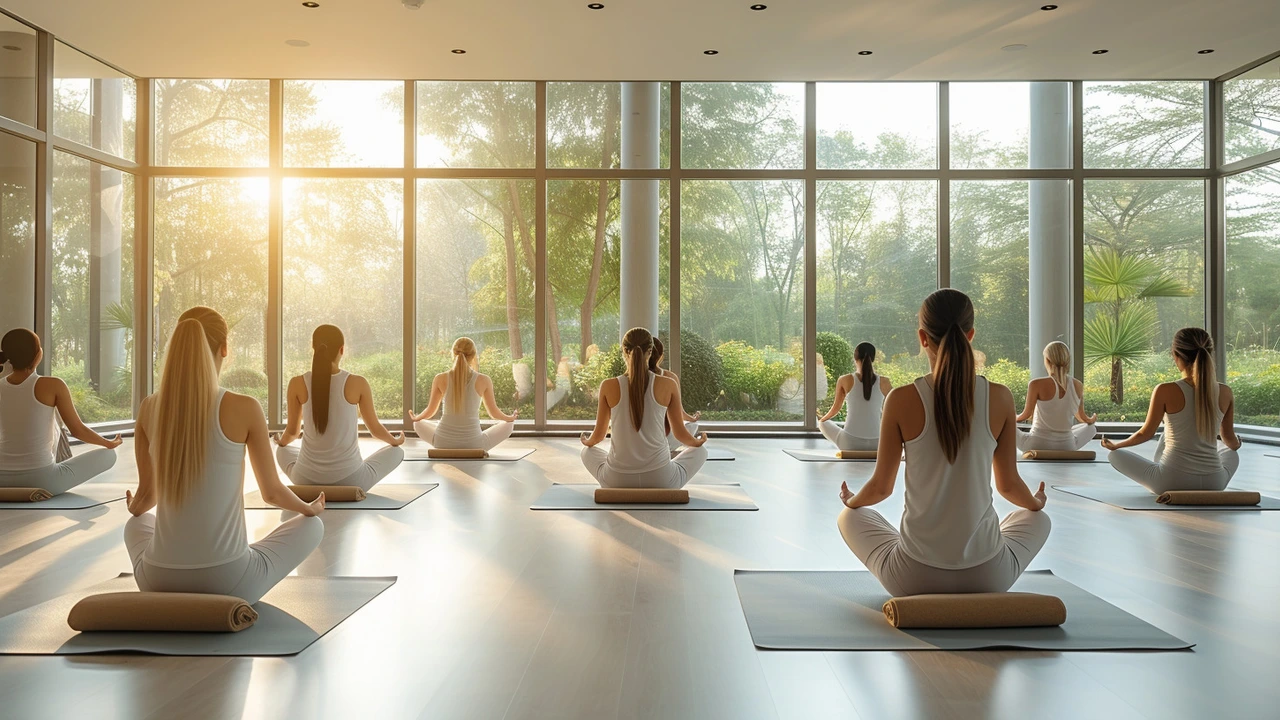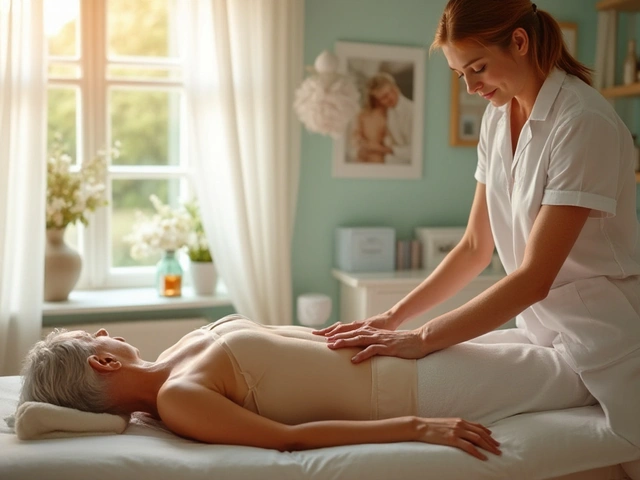Flexibility Improvement: Simple Ways to Move Better
Want to bend, reach, and move without pain? Improving flexibility doesn’t need fancy gear or hours of class. Small, consistent habits and the right bodywork can change how your body feels and moves in weeks, not months.
Tight muscles come from long sitting, poor posture, past injuries, or stress. The fastest gains come from two things: gentle daily movement and targeted therapies that release tight spots. For example, Feldenkrais lessons and Feldenkrais-based yoga can teach your nervous system new movement habits so joints move with less effort. Trigger point massage and acupressure tackle knots that block range of motion. If posture is the issue, Hellerwork or Rolfing sessions focus on alignment and often free up stubborn tightness.
Quick daily routine
Try this short plan every day: 5 minutes of breath and hip swings, 5 minutes of shoulder rolls and slow arm circles, then 5 to 10 minutes of long-held stretches (hamstrings, calves, chest). Finish with 2 minutes of self-massage on tight spots or use a tennis ball on your glutes. Do small repetitions; avoid forcing a stretch. Progress comes from tiny improvements repeated, not pushing to pain.
Mix in different approaches from related therapies. Ortho-Bionomy and gentle approaches like Amma massage or Lomi Lomi can relax protective muscle tension so stretches work better. Warm stone therapy before stretching can loosen tissue faster on cold days. If you have chronic pain, articles about Ortho-Bionomy, Rolfing for scoliosis, or contractual tendon release on this site explain how hands-on care and medical options might help.
Find the right bodywork
Not all therapists work the same. Look for practitioners who explain how treatment ties to movement—ask how many sessions they recommend and what home exercises they assign. If you want movement lessons, try Feldenkrais training or Hellerwork for alignment. For spot release, read pieces on trigger point massage and acupressure. For deep postural change, Rolfing or structural integration often shows lasting results.
Be realistic: flexibility improves faster when you combine daily practice with occasional bodywork. Track small wins—reach a little further each week, sleep better, or move without twinges. Browse our articles like "Feldenkrais Training," "Trigger Point Massage Therapy," "Hellerwork Therapy," "Rolfing for Scoliosis," and "Acupressure Benefits" for clear how-tos and real stories from people who got results. Use what fits your life and keep it simple.
Want help picking an approach? Start with a short daily routine above and read one detailed article here to match your goals. Small steps add up—start today and you’ll notice movement getting easier within weeks.
Start slow if you’ve been inactive or have health issues. Use pain as a guide: a mild stretch is fine, sharp pain is not. Keep a simple log: note the exercise, time, and one small change each week — more range, less pain, better sleep. If progress stalls after four weeks, try a session with a qualified therapist listed in our posts. A short consistent plan plus occasional hands-on work gives the best, lasting flexibility gains.

The Art and Science of Fascia Stretching
Hey there, in this post, I'm diving into the fine art and scientific approach of fascia stretching. We'll look at how this technique can improve flexibility, enhance muscle function, and contribute to overall wellbeing. Brace yourselves for a journey that blends aesthetics and physiology into a seamless health discipline. If you're curious about the ins and outs of fascia stretching, this piece is for you – the awesome science and elegant artistry of stretching await!
Categories
- Health and Wellness (148)
- Alternative Therapies (86)
- Massage Therapy (40)
- Travel and Culture (15)
- Beauty and Skincare (9)
- Holistic Health (8)
- Health and Fitness (5)
- Spirituality (5)
- Other (2)
- Personal Development (2)



